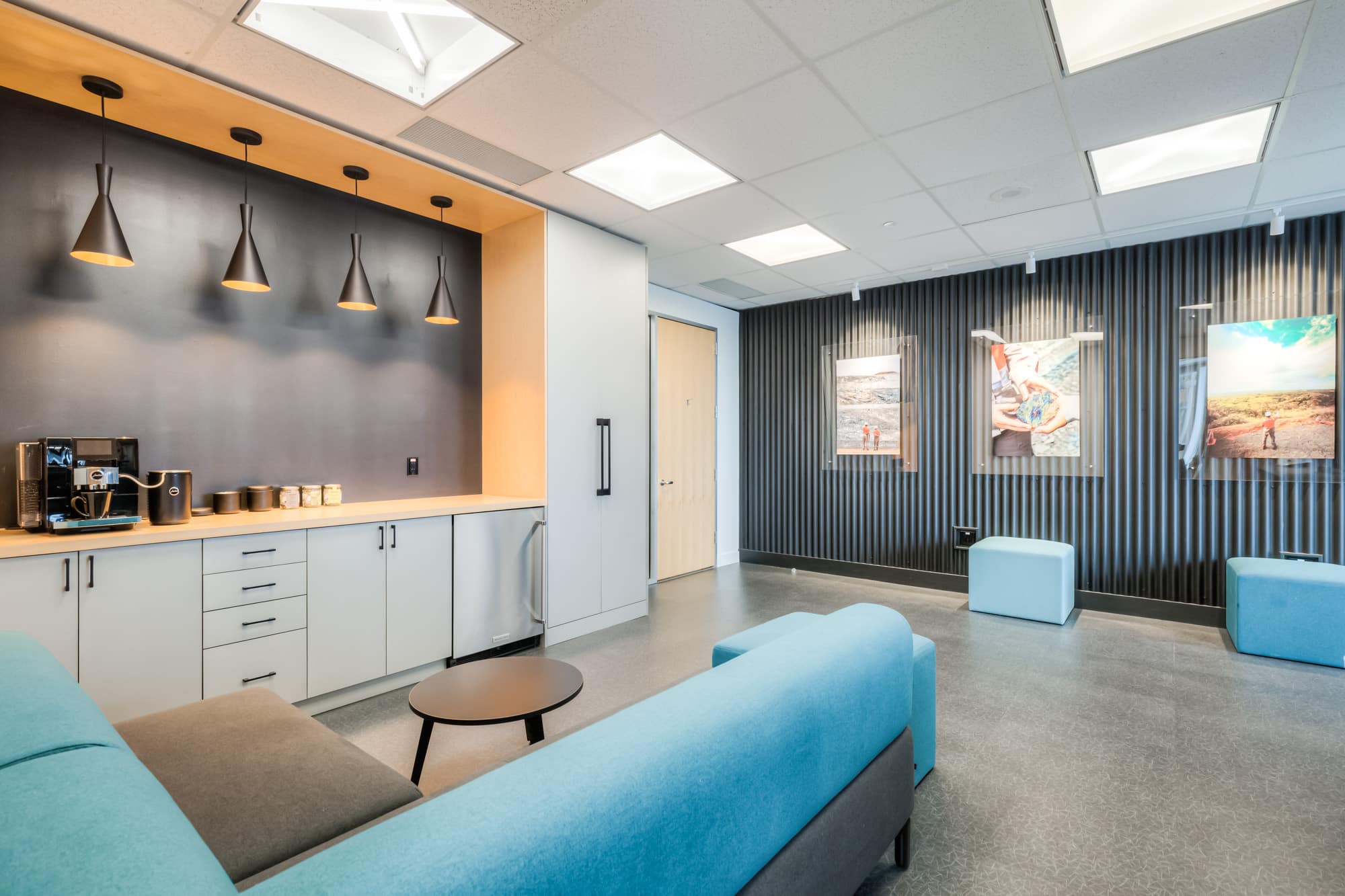Interior designers can play a crucial role in shaping a successful return-to-work strategy in Richmond Hill, ON, by focusing on creating spaces that prioritize functionality, well-being, and collaboration. Here are specific actions that interior designers can take to support the return to work in Richmond Hill.
Space Utilization Assessment
Conduct a thorough analysis of the existing office space to understand how it can be optimized for flexibility and adaptability. Consider the implementation of open floor plans, modular furniture, and flexible layouts to accommodate different working styles and social distancing requirements.
Hybrid Workspace Design
Work with businesses to create a hybrid workspace that allows for a combination of in-office and remote work. Design dedicated workstations, collaborative zones, and remote-friendly spaces that support a seamless transition between in-person and virtual collaboration.
Enhanced Technology Integration
Collaborate with IT professionals to integrate the latest technology seamlessly into the office design. Ensure that the office environment supports virtual meetings, collaborative tools, and other digital solutions essential for effective communication in a hybrid work model.
Safety and Well-Being Focus
Prioritize health and safety by incorporating measures such as touchless technology, proper ventilation systems, and adherence to social distancing guidelines. Design wellness spaces that promote physical and mental well-being, including relaxation areas, green spaces, and access to natural light.
Ergonomic Workstations
Pay attention to ergonomic design to create workstations that promote comfort and reduce the risk of physical strain. Provide adjustable desks and chairs, proper lighting, and ergonomic accessories to enhance employee well-being.
Flexible Furniture Solutions
Recommend and implement furniture solutions that are adaptable and easily reconfigurable to accommodate changing needs. Choose modular furniture that supports different work scenarios and can be adjusted to maintain spatial flexibility.
Biophilic Design Elements
Integrate biophilic design elements to bring the benefits of nature into the office environment. Use natural materials, greenery, and outdoor views to create a connection with the natural world, fostering a positive and calming atmosphere.
Engaging Collaborative Spaces
Design collaborative areas that encourage interaction and creative thinking among team members. Consider the inclusion of writable surfaces, interactive displays, and comfortable seating arrangements to facilitate dynamic collaboration.
Client Collaboration and Communication
Engage in open communication with clients to understand their specific needs, goals, and concerns related to the return to work. Provide regular updates on design progress and involve clients in decision-making processes to ensure alignment with their vision.
Sustainable Design Practices
Integrate sustainable design practices and materials to align with eco-friendly initiatives and reduce the environmental impact of the workspace. Communicate the importance of sustainability to clients and showcase how it contributes to a positive corporate image.
By implementing these strategies, interior designers can contribute to the creation of in Richmond Hill workspaces that are not only aesthetically pleasing but also functional, safe, and conducive to employee well-being during the return to work transition.

